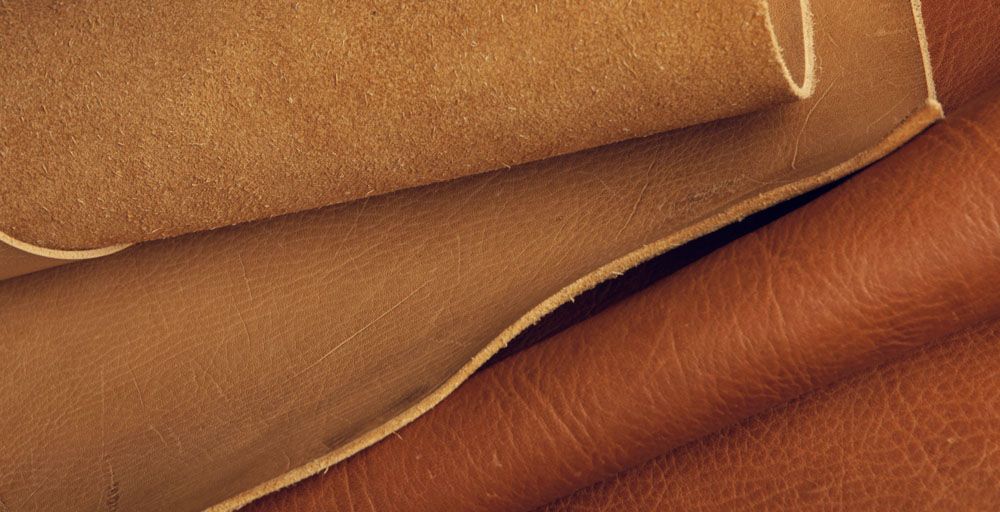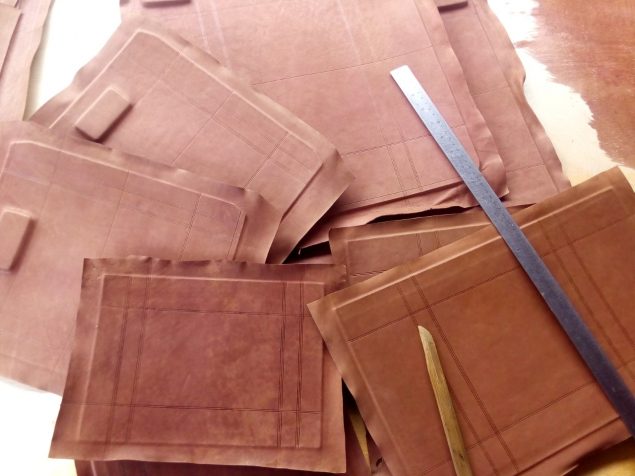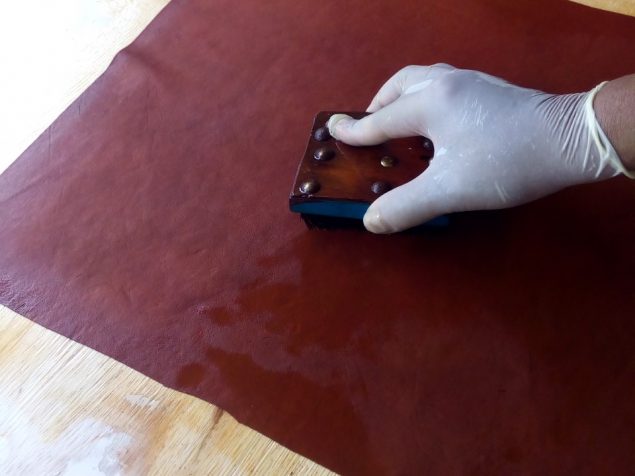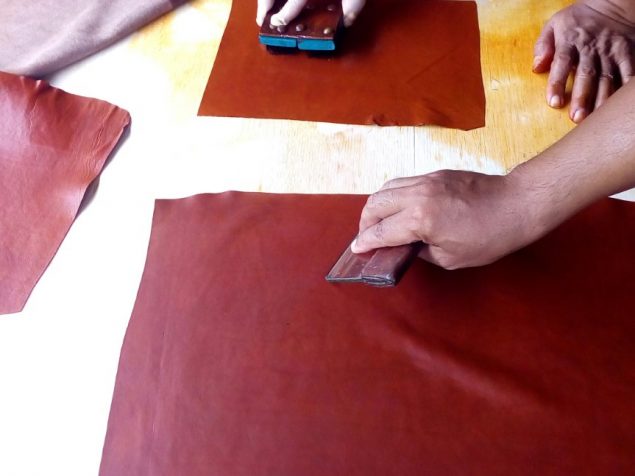
There are several methods for tanning leather, but not all of them are the right choice for your health or environment.
In LAM Brand, we decide to choose the natural way in producing our bags, so we use Vegetable Tanned Leather in The First collection (Prestige)
What is Vegetable Tanned Leather?
Vegetable tanning is to process the hides in a pure and natural way without using harmful chemicals. The process is used in order to stabilize the skins and be able to process the resulting leather. It is a traditional, artisanal process that takes advantage of the tannic acids naturally found in some plants, by using the barks, branches, leaves or even some fruits in some specific techniques. The actual tanning process takes between one and three months. This process could be accelerated with the addition of synthetic tanning agents, but this is ineligible for purely vegetable leather products.
Vegetable-tanning is the true “chromium-free” method, and does not have harmful chemicals. The natural appearance before painted, has a slightly brownish tinge over a beige color, with a natural, woody and earthy smell.
Advantages & Disadvantages of Vegetable Tanned Leather?
Advantages in using vegetable-tanned leather:
- Colors and textures have a more natural and organic look.
- It is irregular and handmade which can be leveraged for a unique and genuine aesthetic.
- High durability and strength, being even far more efficient than the majority of the synthetic materials.
- Neutral effect on user’s health.
- Can last an entire lifetime and/or is bio-degradable when it ceases to be used/maintained.
- Remarkable and sought-after aging qualities, like the “caramelization” of the color, a unique patina acquired with the use.
- Reusability of the final product and in some cases of the leather.
- Created by craftsmen with a historic and valuable knowledge.
- It can only be obtained from cattle that carried a good life, to get a good, strong leather, and it is always a sub-product of the meat industry.
- Values a slower life and an eco-sustainable industry.
- Revitalizes the local society and general culture.
Disadvantages in using vegetable-tanned leather:
- Production time (about two months).
- High consumption of water, although the result is harmless (contrary to the chrome and aldehyde methods), the use must always be moderate.
- Executed by experienced and hard to find workers, this doubles as an advantage that makes this industry a fair trade one.
- Very high final costs.
Conclusion
A distinction is usually made between chemical and natural tanning methods. The most popular and controversial tanning, due to its widespread use in the fashion industry, is chrome-tanning. It is utilized in 85% of global leather production, which means that in most instances leather is no longer a natural product. The use of chromium salts is harmful to the human health and the environment. Despite these significant disadvantages, it is still the most used method in the fashion industry, mainly because this method is faster, cheaper and less material is needed. Moreover, the further processing is much easier and requires less expertise.
While vegetable leather is more expensive than chrome leather, its many desirable characteristics make is a great choice for the discerning leather buyer. It is more sustainable, of a higher quality and gets better with age. It provides great value for money due to its durability. It is also a fashion classic that never goes out of style.




No Comments